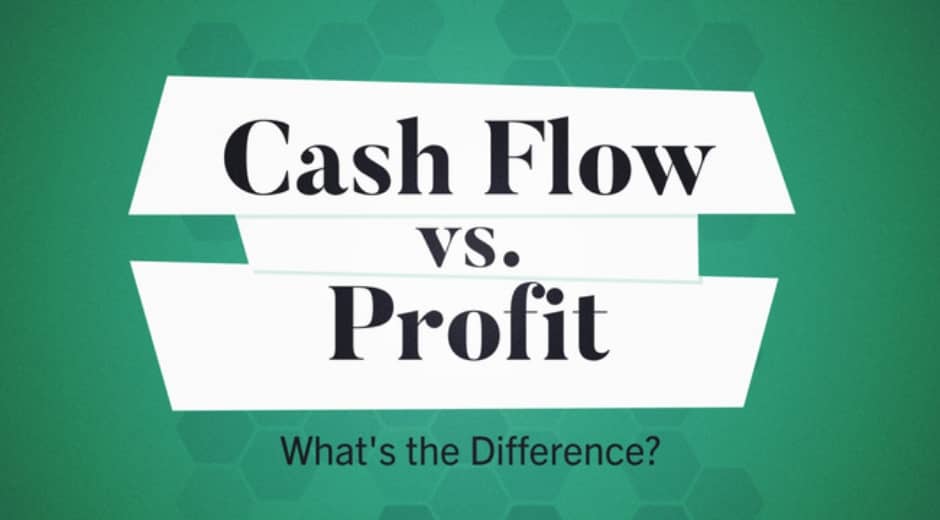Risk-Adjusted Returns: Optimizing Financial Strategies for Modern Investors
In the increasingly complex world of investing, understanding performance requires more than just examining absolute returns. Risk-adjusted returns have emerged as a crucial metric for investors seeking to balance potential gains with associated risks. This approach allows for a more nuanced assessment of financial strategies, ensuring that decisions are informed, deliberate, and aligned with long-term objectives.
Understanding Risk-Adjusted Returns
Risk-adjusted returns measure investment performance by considering not only the returns generated but also the risk taken to achieve those returns. Unlike traditional return metrics, which may overstate performance by ignoring volatility, risk-adjusted metrics provide a clearer picture of efficiency and prudence. Common approaches include the Sharpe Ratio, Sortino Ratio, and Treynor Ratio, each offering a different lens for evaluating risk relative to returns.
According to insights from Forbes.com, investors who incorporate risk-adjusted returns into portfolio analysis are better equipped to identify strategies that maximize growth while minimizing exposure to undue risk. This perspective is particularly important in volatile markets, where high nominal returns can mask underlying vulnerabilities.
Importance of Risk-Adjusted Returns in Modern Investing
Incorporating risk-adjusted returns offers multiple advantages for both individual and institutional investors:
Balanced Decision-Making: Evaluating investments in the context of risk allows investors to avoid chasing high returns that come with unsustainable exposure.
Portfolio Optimization: By comparing risk-adjusted performance across asset classes, investors can allocate capital more effectively.
Performance Benchmarking: Risk-adjusted metrics enable a fair comparison between different strategies, funds, or market segments.
Long-Term Stability: Prioritizing risk-adjusted returns helps maintain sustainable growth and mitigates catastrophic losses during market downturns.
Calculating Risk-Adjusted Returns
There are several widely used methods for calculating risk-adjusted returns, each suited to different contexts:
Sharpe Ratio: Measures excess return per unit of total risk (standard deviation).
Sortino Ratio: Focuses on downside risk rather than total volatility, providing a more targeted assessment.
Treynor Ratio: Evaluates returns relative to systematic risk, particularly useful in diversified portfolios.
By leveraging these metrics, investors gain insights into both performance and stability, enabling more informed portfolio construction.
Implementing Risk-Adjusted Strategies
To maximize the benefits of risk-adjusted returns, investors should adopt strategies that balance growth with prudence:
Diversification: Spreading investments across asset classes, geographies, and sectors reduces risk concentration.
Dynamic Asset Allocation: Adjusting allocations based on market conditions ensures alignment with risk tolerance and goals.
Hedging and Risk Management: Using derivatives, insurance, or alternative instruments can mitigate potential losses.
Monitoring and Rebalancing: Continuous assessment of portfolios ensures that risk-return profiles remain consistent with objectives.
Platforms like Businessforumhub.com provide resources for investors to explore strategies, connect with financial experts, and access analytical tools that support risk-adjusted decision-making.
Case Studies in Risk-Adjusted Investment
Several institutional investors have successfully employed risk-adjusted returns to enhance portfolio performance. For example, a balanced fund using Sharpe and Sortino ratios for decision-making was able to outperform peers during periods of high market volatility. Insights from Coolparentingtips.com highlight the broader applicability of risk assessment, demonstrating that careful analysis and preparation are critical in any decision-making process, whether financial or operational.
The Role of Risk-Adjusted Returns in Personal Finance
Individual investors can also benefit from understanding risk-adjusted returns. By evaluating mutual funds, ETFs, or alternative investments through a risk-adjusted lens, they can identify opportunities that align with personal risk tolerance and financial goals. Additionally, employing these metrics encourages disciplined investing, reducing emotional reactions to market fluctuations.
Common Pitfalls to Avoid
Despite their utility, risk-adjusted returns are not without limitations:
Overreliance on Historical Data: Past performance may not predict future outcomes.
Ignoring Market Context: Ratios alone cannot capture macroeconomic shocks or structural changes.
Complexity: Advanced metrics may require expertise to interpret accurately.
Avoiding these pitfalls requires combining quantitative analysis with qualitative insights and continuously educating oneself on market trends and financial instruments.
Future Trends
As financial markets evolve, the importance of risk-adjusted returns will continue to grow. Emerging technologies, such as AI-driven analytics and real-time risk modeling, enable investors to monitor risk more dynamically and adjust strategies proactively. Additionally, sustainable and ESG-focused investing increasingly incorporates risk-adjusted metrics to ensure that returns align with both financial and ethical objectives.
Conclusion
Understanding risk-adjusted returns is essential for investors seeking to optimize performance while controlling risk. By incorporating these metrics into portfolio analysis, leveraging tools and insights from platforms like Businessforumhub.com, and learning from examples reported by Forbes.com and Coolparentingtips.com, investors can make informed, disciplined, and sustainable decisions.
In a world where markets are volatile and opportunities abundant, prioritizing risk-adjusted returns ensures that growth is not only achievable but responsible, helping both individuals and institutions secure long-term financial stability.
10. Tracking Progress and Adjusting Strategies
Track portfolio performance through metrics such as ROI, risk-adjusted returns, and net worth growth. Regular monitoring allows you to adjust allocations, adopt new strategies, and capitalize on emerging opportunities.
Conclusion
Smart investment strategies are essential to growing wealth, protecting assets, and achieving financial goals in 2025. By combining diversification, risk management, and consistent investing, anyone can build a resilient financial portfolio.
Whether your aim is long-term growth, passive income, or capital preservation, adopting effective investment strategies and staying informed can ensure your financial success for years to come. Begin today, stay disciplined, and your future self will thank you.
Simple Entrepreneurship

Strategic Partnerships: The Hidden Power Behind Business Growth and Lasting Networks
Strategic Partnerships explores how collaboration, trust, and shared vision create strong business growth and redefine networking in the modern economy.

Brand Authenticity: The New Currency of Modern Marketing
Brand Authenticity explores how genuine storytelling, trust, and transparency build lasting relationships and drive success in modern marketing.

Sustainable Investing: Building Wealth with Purpose and Long-Term Impact
Sustainable Investing explores how conscious investors combine profitability with social and environmental responsibility to shape a better financial future.

Adaptive Leadership: Guiding Entrepreneurs Through Constant Change
Adaptive Leadership explores how entrepreneurs can navigate uncertainty, motivate teams, and turn change into strategic opportunity in a fast-evolving world.

Collaborative Mindset: Redefining the Power of Modern Networking
Collaborative Mindset explores how cooperation, shared growth, and mutual trust redefine modern networking and create stronger professional communities.

Emotional Branding: The Secret Language of Modern Marketing
Emotional Branding reveals how powerful feelings shape brand loyalty, influence consumer trust, and build authentic long-term connections in modern marketing.

Financial Agility: The Key to Staying Ahead in Modern Business
Financial Agility explores how businesses adapt, plan, and thrive in volatile markets by mastering flexibility, smart resource allocation, and data-driven finance.













